Color psychology to create a relaxing, restful bedroom
Do you want to wake up a tired and boring bedroom or create a soothing sanctuary to lull you to sleep each night? You may think color is simply a matter of aesthetics but it can have a profound effect on your emotional and physical well-being. Understanding how the psychology of color influences sleep can guide you to a hue that will help you sleep better. Which is the point of your bedroom, right?
Even if you’re starting from scratch, choose something you love – a pillow, picture frame, scarf – and start searching blogs, websites and decorating books that display similar color groupings. Once you find something you like, limit your color selection to 3 or 4 hues and begin choosing the role those colors will play – active, passive or neutral influence.
Your wall color may be the active influence – and it might be a good starting point if you’re not sure where to begin. Remember that light colors are expansive, making a small room bloom into something larger and brighter. Dark colors add an air of sophistication and make larger rooms feel more intimate and cozy.
Now it’s time to have fun with color in your bedroom!
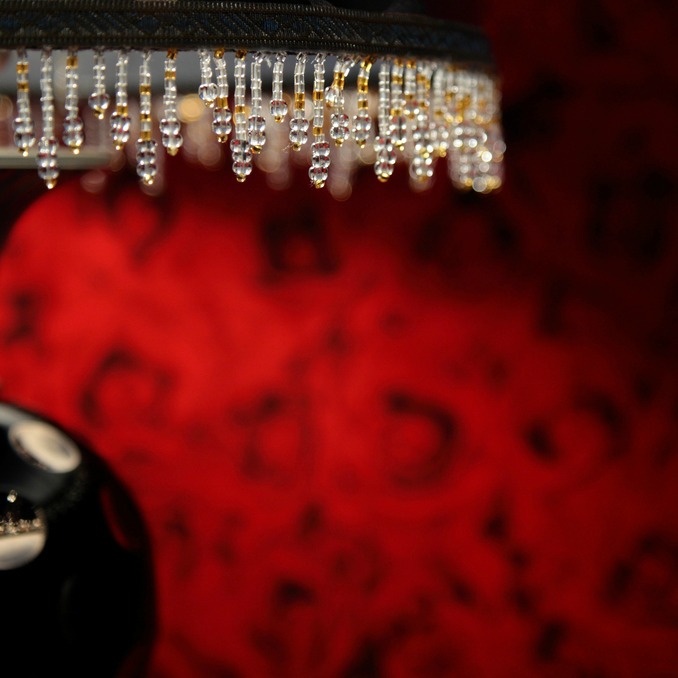 Red bedroom
Red bedroom
The color of love, red raises the energy level – especially in sunlight – making the room feel more exciting. The color red has been shown to raise blood pressure, speed respiration and heart and rate, which can lead to stimulating conversations (and the other “S” thing we do in our bedrooms). At first blush, you might think it too stimulating for the bedroom but remember that if you keep lighting soft, it will appear muted and elegant in the evenings, which you may find relaxing.
If you love red but don’t want to commit to a whole, room, consider using it in your duvet cover, pillow shams or curtains.
 Yellow bedroom
Yellow bedroom
Painting your bedroom yellow can be an expression of joy and uplift and expand even the smallest sleep space. Its revitalizing energy can invite family members to linger and chat in the morning, making it a fun room to begin your day. On the downside, studies show yellow stimulates the nerves, which can cause people to lose their temper quicker and babies to cry.
If yellow’s your color but your partner can only take it in small amounts, pair it with a cooler color like blue. Yellow curtains on an azure painted wall with white furniture – charming.
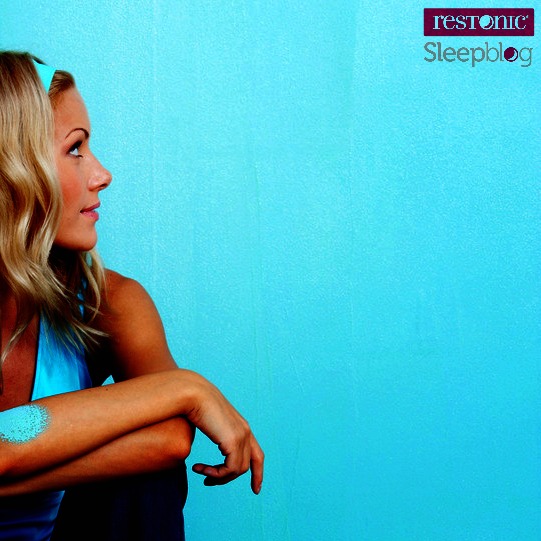 Blue bedroom
Blue bedroom
A soft blue bedroom can calm and relax, lowering blood pressure, slowing respiration and heart rate – but darker shades of blue can evoke sadness. Blue can also be a cool color, which needs balancing and warming with darker hues. To encourage relaxation, think about warmer blues like periwinkle or bright blues like turquoise.
Cool blues balanced with warm browns can make a bedroom inviting and cozy. Consider adding in various shades of blue in pillows to make your bed the focal point of the room.
 Green bedroom
Green bedroom
Green is the soothing, restful combination of blue and yellow. While it’s a great color choice for any room, we love it in the bedroom because of its relaxation-enhancing qualities. It can cool down warmer, darker colors but it has enough energy that it can be used as the main color too. It has also been known to help with fertility…
Consider adding a bedside chair in your favorite shade of green. Play with warmer and cooler shades of green to add a pop of color on your bed as well.
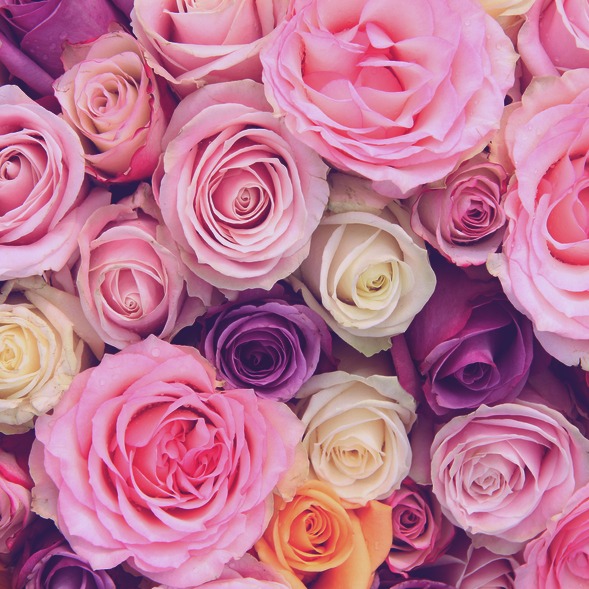 Purple bedroom
Purple bedroom
Long associated with luxury and royalty, purple can add flair and sophistication to a bedroom – but it’s better suited as a secondary color choice. Pair dark purple with lighter lavender and lilac hues to warm a room up and make it feel cozier. A whole room of purple can be overwhelming but an accent wall in your favorite shade of purple might be just enough.
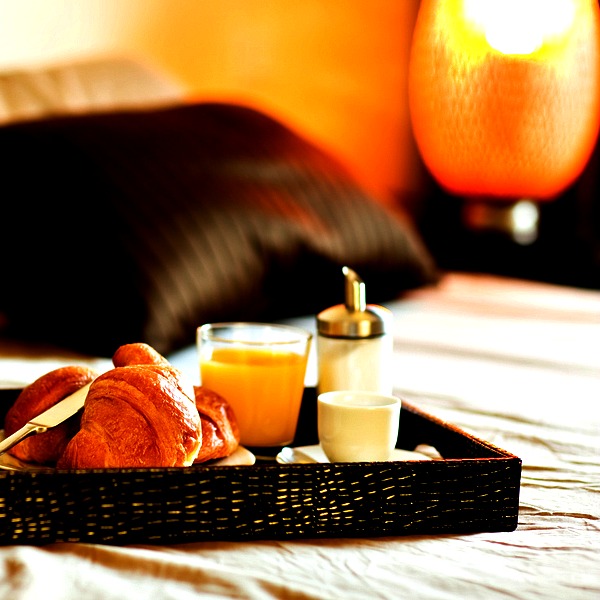 Orange bedroom
Orange bedroom
Like yellow, orange is positively energetic. Darker hues of orange, like burnt umber, can be reflective, just like darker tones of red. In ancient cultures, orange was believed to heal the lungs and increase energy levels. Imagine waking up in an east-facing orange bedroom – talk about revitalizing.
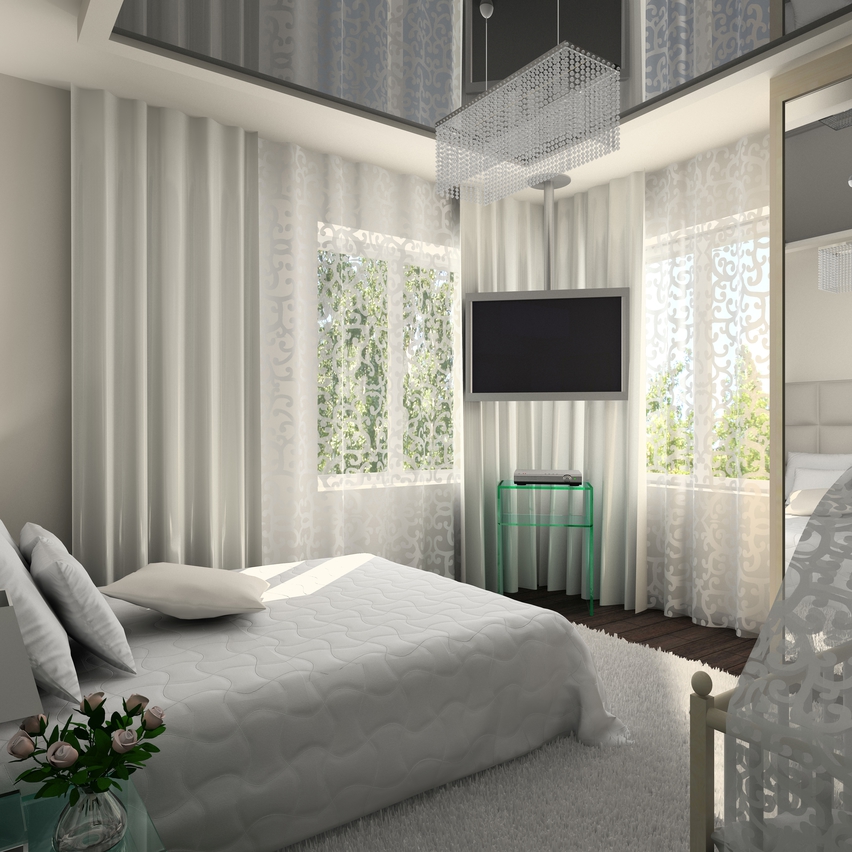 Black, grey, white or brown bedroom
Black, grey, white or brown bedroom
Neutral colors can be added to liven or subdue, balancing the energy of other colors. Black and brown in small doses can help accent a bright color scheme and give it depth. A white or grey bedroom can feel clinical unless balanced with punches of color.


